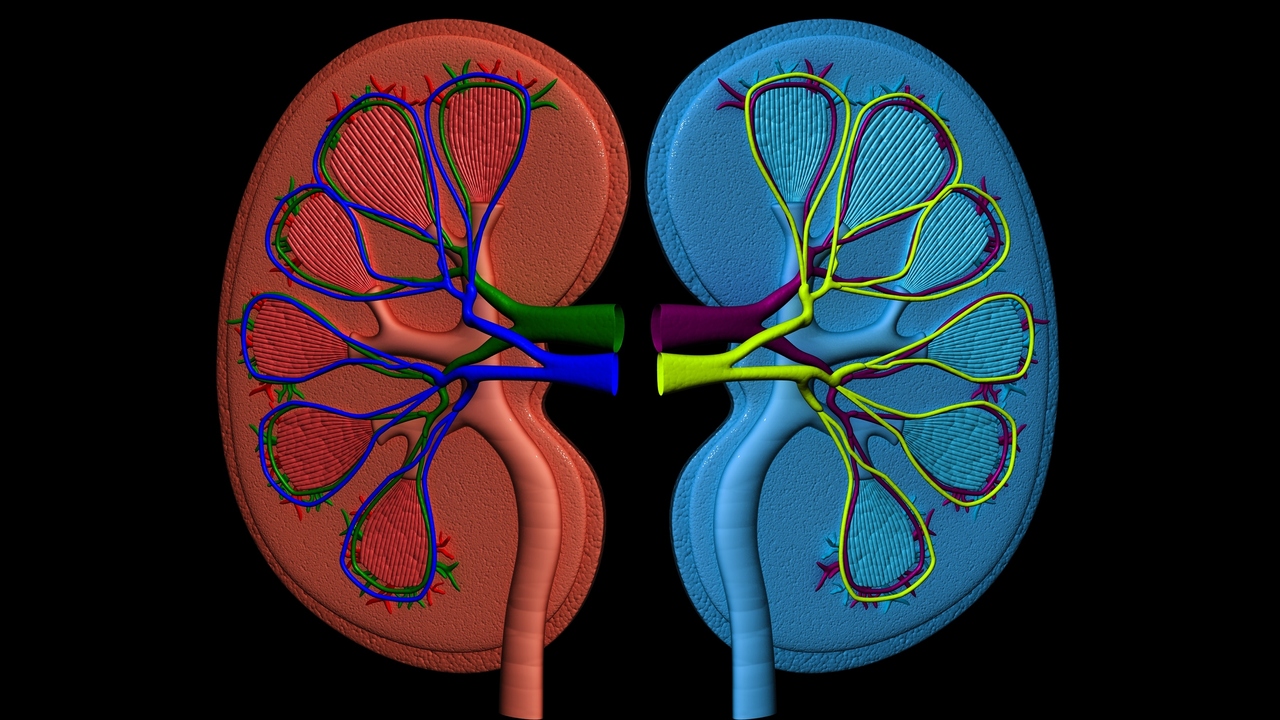Electronic products get smaller, more powerful, and less expensive every year. Not too long ago I saw a cartoon showing the original Star Trek characters from 1967, with Mr. Spock saying, “Why doesn't my communicator have Internet access, digital camera, or email?” A dialysis patient today might ask, “Why does my dialysis machine look like a computer from 1967?
Engineers may not be able to shrink the chemical elements of a dialysis machine to the size of a modern cell phone, but technical advances allow for considerably smaller dialysis units. You can see a photo of a prototype wearable dialysis machine in Reference 1. It looks like a tool belt for a construction contractor, and weighs about 10 pounds.
Already on the market are portable dialysis machines not quite small enough to wear, but suitable for travel. Reference 2 shows a photo of a unit in service in Indiana. The patient, Harvey Wells, says he's been traveling with his dialysis machine since 2004.
Membrane efficiency has been raised from 28% to 90% with materials developed at Oregon State University, according to Reference 3. Some researchers are beginning to use the term “artificial kidney” to describe highly portable dialysis machines.
Vascular access remains a challenge. For peritoneal dialysis, the patient has a tube permanently inserted into the abdomen. This eliminates the need for repeated needle insertion, but opens a virtual superhighway for infection. Patients must use great caution in changing their dialysis fluid if they choose this option. When I first started writing about dialysis, I assumed hemodialysis patients get a similar gadget attached between an artery and a vein, so they can hook up to the machine easily and painlessly. This picture was too optimistic. Needles still have a major role in dialysis, as you can see on the YouTube video at http://www.youtube.com/watch?v=cIp2OLPiosE. I hope the advances in portable dialysis technology will give surgeons and bioengineers an incentive to develop better vascular access options as well.
Patients who choose portable dialysis must be prepared to take considerable responsibility for their care. For many, the improved quality of life is worth the effort.
References:
1. Photo of the wearable dialysis machine:
http://blogs.physicstoday.org/newspicks/2009/10/a-wearable-dialysis-machine.html
2. Photo of portable machine in Indiana:
http://www.indianasnewscenter.com/news/local/78808112.html
3. Technical description:
http://www.medicalnewstoday.com/articles/5652.php
4. News on wearable machine in development:
http://www.telegraph.co.uk/health/healthnews/6061249/Kidney-dialysis-machine-small-enough-to-be-worn-as-a-belt.html
5. More on the wearable machine in development:
http://www.sciencedaily.com/releases/2009/08/090820175853.htm
Linda Fugate is a scientist and writer in Austin, Texas. She has a Ph.D. in Physics and an M.S. in Macromolecular Science and Engineering. Her background includes academic and industrial research in materials science. She currently writes song lyrics and health articles.






Add a CommentComments
There are no comments yet. Be the first one and get the conversation started!